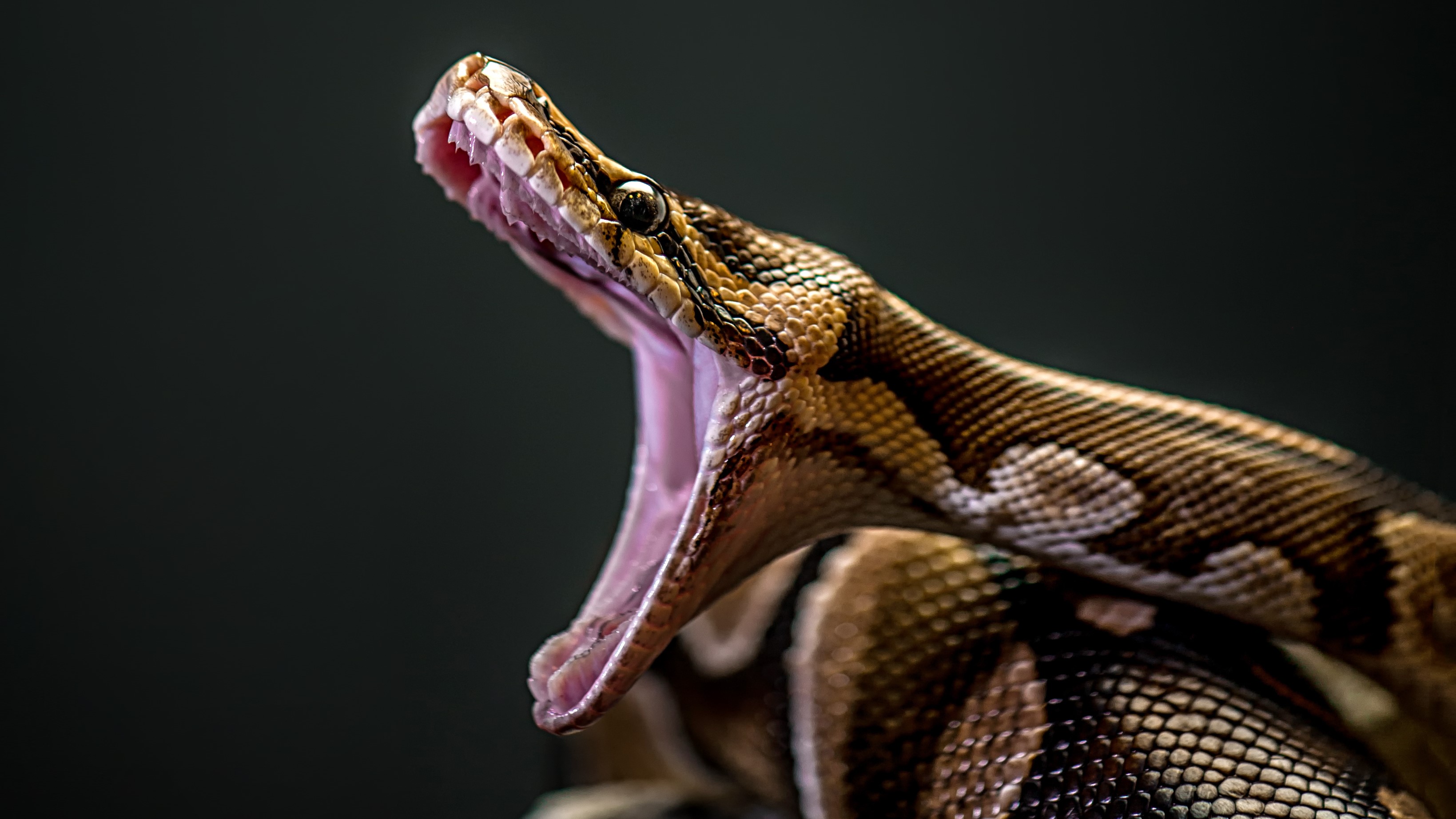
Burmese pythons are inadvertently helping rats dominate parts of the Everglades in Florida by wiping out their traditional predators, researchers have found. The rise in rodents could further disrupt an already fragile ecosystem and increase the risk of disease to humans.
The first Burmese python (Python bivittatus) was found in Everglades National Park in 1979, and numbers skyrocketed throughout the 1980s and 1990s. There are now tens of thousands of the snakes living in the Everglades, and over the last 40 years they have decimated native populations, including bobcats, rabbits and foxes.
But some smaller mammals appear unaffected by the presence of Burmese pythons, including the cotton rat (Sigmodon hispidus). To find out what impact pythons are having on this species, researchers caught 115 rats and fitted them with transmitters — 34 were in an area known to have a low population of pythons, while 81 were in an area with a high python population.
They tracked the rats every 48 hours, and recorded the predator involved when any were found dead. In cases where the corpses had likely been swallowed, the team analyzed scat and regurgitated remains for rat DNA.
Related: Gruesome video reveals the moment a 5-foot alligator corpse was cut from the gut of a dead python
The team’s findings, published May 17 in the Journal of Mammalogy, showed that rat death rates were similar in both areas. Though pythons killed six of the tagged cotton rats in the high python population area, they did not have a significant impact on the overall rat population.

But because pythons have had a devastating effect on the populations of other, larger mammals, such as bobcats and foxes, this has left an ecosystem opening for the rats to take over.
As a result, in areas where pythons are pervasive, cotton rats "now dominate the community," study author Robert A McCleery, an associate professor of wildlife ecology and conservation at the University of Florida, told Live Science in an email.
The collapse of large and medium-sized mammal populations in the Everglades has impacted important ecosystem processes, such as nutrient cycling and scavenging. Rabbits, for example, acted as a keystone species for seed dispersal.
Rats, the authors said, are unlikely to be able to fulfill the roles that the lost mammals played.
Their dominance also has the potential to spread diseases to people. Cotton rats are reservoirs for viruses that can pass to humans, including the Everglades virus (EVEV) and hantaviruses. And in a 2017 study in Biology Letters, researchers found that in the absence of other mammals, mosquitoes in some parts of the Everglades are now mainly feasting on cotton rats. Diseases carried by the rats can then be passed through mosquito bites to humans.
The study focused on a species of mosquito — Culex cedecei — that tends to stay away from urban areas, but another species, Culex panocossa, has also been found in Florida — and this species survives in cities.
Nathan Burkett-Cadena, the study’s lead author and associate professor of entomology at the University of Florida, said C. panocossa has now come into contact with cotton rats, and this could lead to "increased risk of arbovirus [viruses spread by insect vectors] infection for people living in south Florida," he told Live Science. EVEV is one of these viruses, symptoms for which include fever, severe headache, muscle pain and in rare cases, brain swelling.







